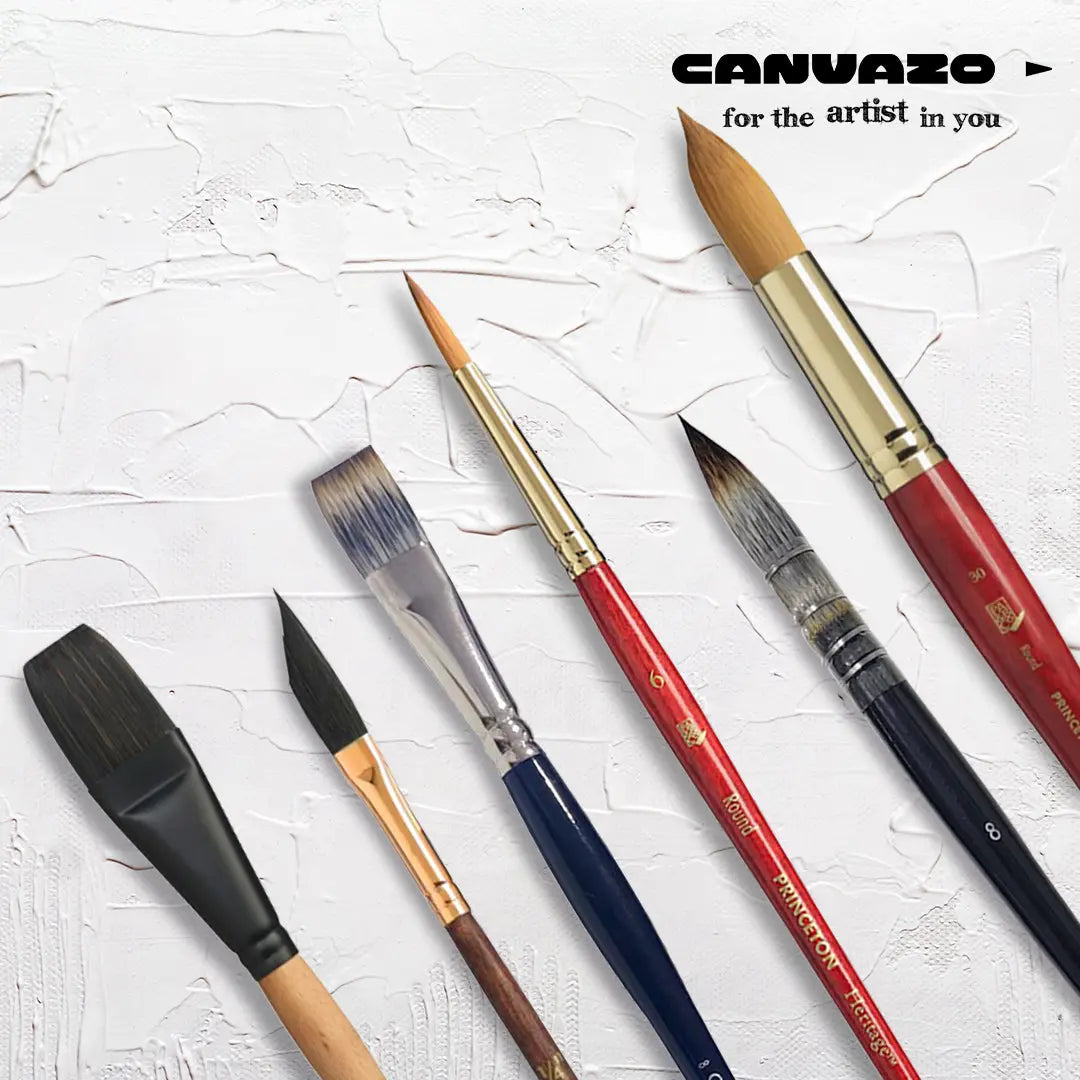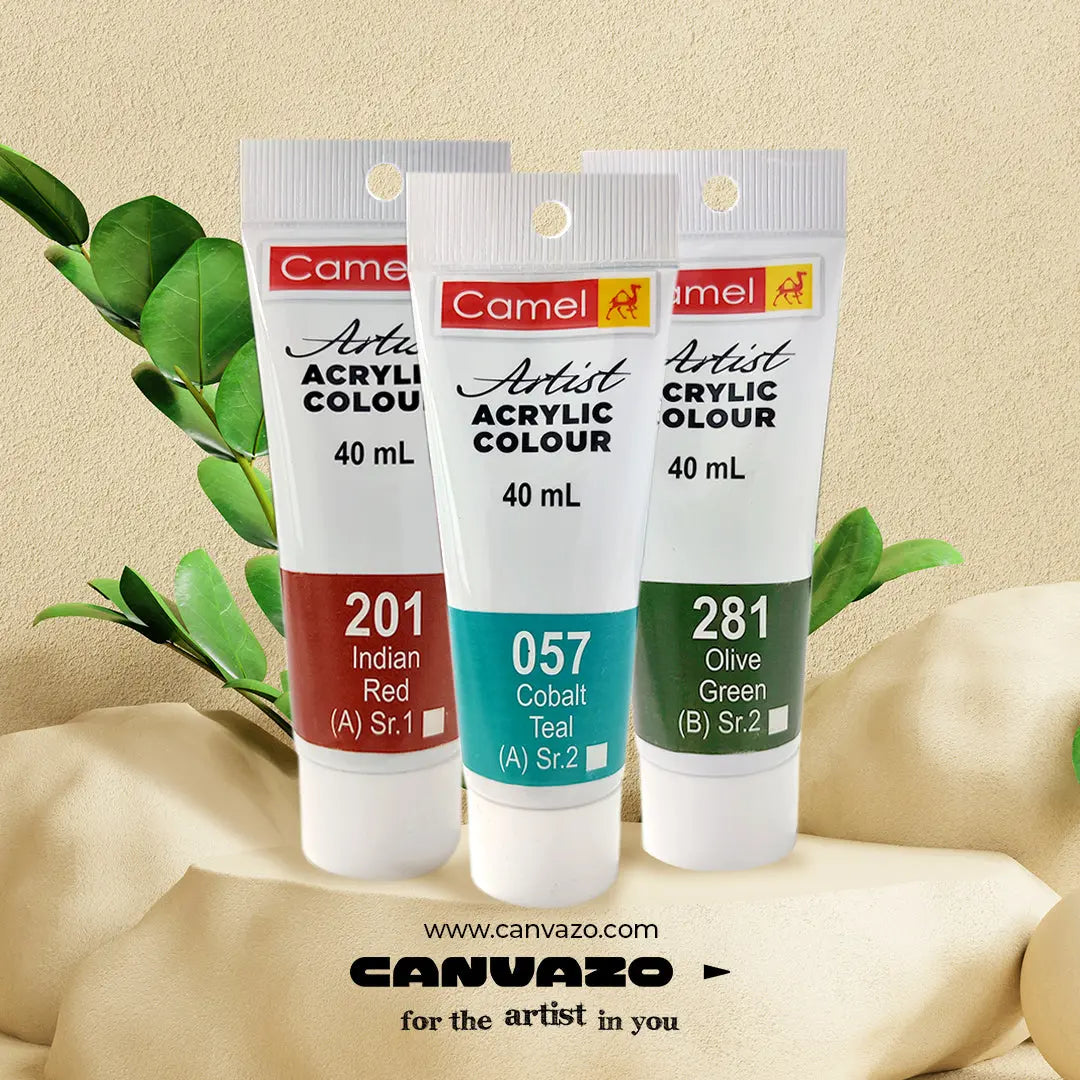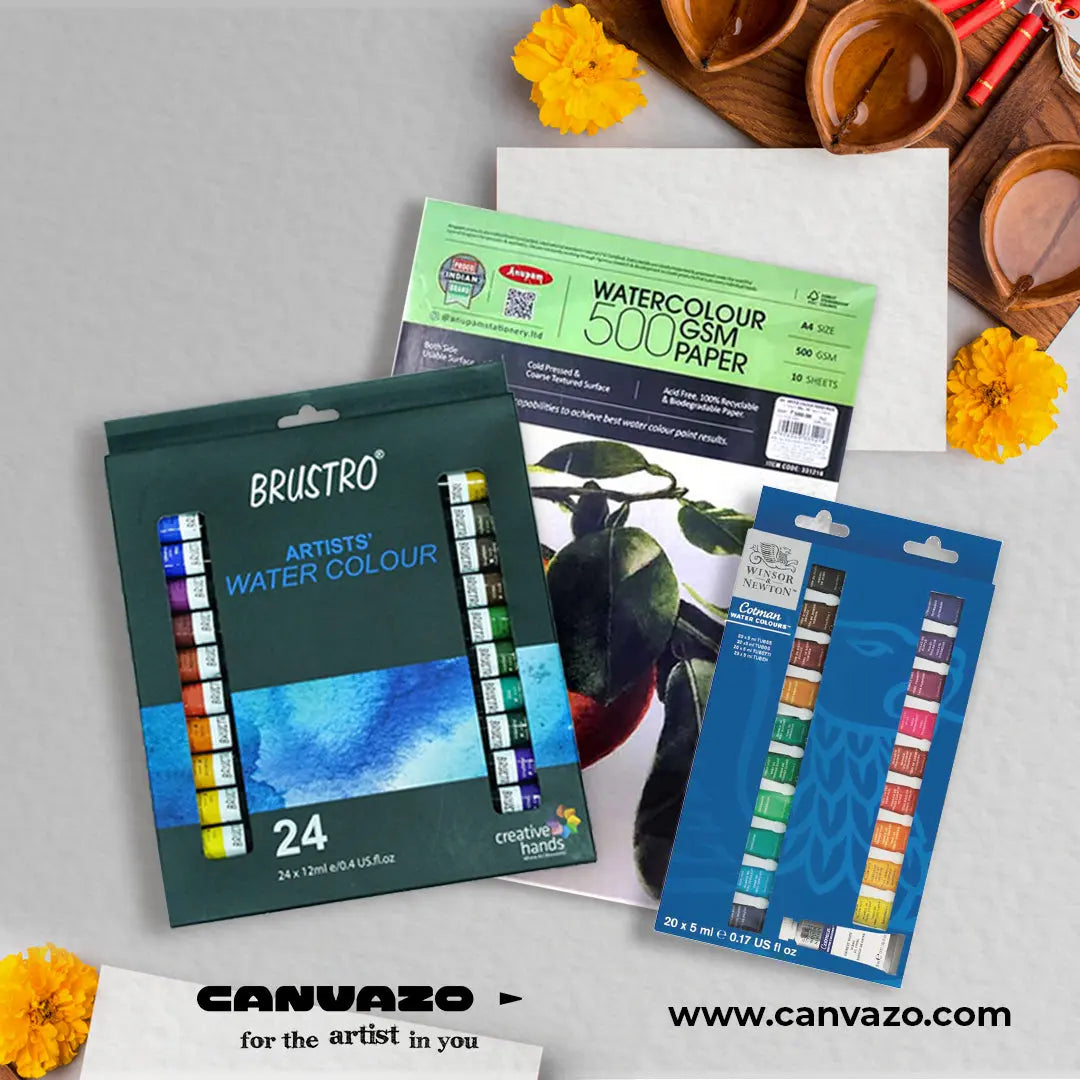As an artist, choosing the right paintbrush for your painting style is crucial to achieving the desired effect in your artwork. With the wide variety of paintbrushes available on the market, it can be overwhelming to determine which one to use. In this blog post, we’ll go over some key factors to consider when selecting the right paintbrush for your painting style.
1. Brush Shape:
Flat, round, and filbert are the 3 main brush shapes. Flat brushes have a flat, straight edge and are great for creating sharp lines and for covering large areas. Round brushes have a pointed tip and are versatile for various painting techniques, such as fine detail work and washing. Filbert brushes have a rounded, flat shape that can be used for blending and creating softer edges.
2. Bristle Type:
The two main types of bristles are synthetic and natural. Synthetic brushes are made of nylon or polyester and are typically more affordable than natural brushes. They also have the advantage of being more durable and easier to clean. On the other hand, natural brushes are made of animal hair, such as hog or sable, and are typically more expensive. They are known for their superior quality and ability to hold more paint.
3. Bristle Length:
The length of the bristles on a brush can affect the type of stroke it creates. Shorter bristles are stiffer and create more controlled strokes, whereas longer hairs are more flexible , creating looser strokes.
4. Brush Size:
Brush size refers to the width of the brush head. A larger brush covers more extensive areas, while a smaller brush is better for detail work. It’s essential to remember that different manufacturers may have slightly different sizing conventions, so be sure to compare actual brush head sizes before making a purchase.
5. Painting Medium:
The type of paint you’re using can also affect the type of brush you choose. For example, a brush with a natural hair bristle is best if you paint with watercolours, as it holds more water and pigment. If you’re using acrylics, a synthetic brush is recommended, as the bristles won’t absorb the water in the paint and will be easier to clean.
6. Painting Style:
Finally, your painting style can also affect the type of brush you choose. A larger, more flexible brush may be best if you’re painting in a loose, impressionistic style. If you’re painting more realistic, a smaller, stiffer brush may be needed for fine detail work.
Once you've considered these factors, it's time to experiment and find the best brush for you. Feel free to try different types of brushes and experiment with different strokes and techniques. Over time, you'll better understand the different types of brushes and which ones work best for your painting style.
In conclusion, choosing the right paintbrush for your style is crucial to creating great artwork. Consider the brush shape, bristle type, length, size, medium, and style when making your selection. By experimenting with different brushes and techniques, you'll be able to find the brush that works best for you and take your art to the next level.



